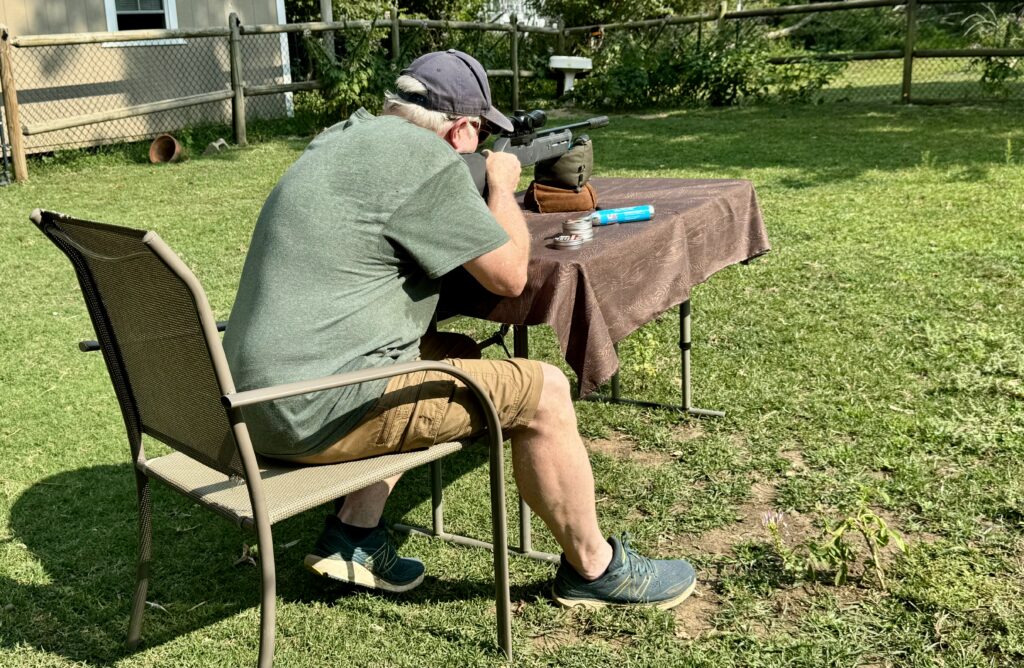The old .45 ACP is still around and is still one of the more popular handgun rounds. It’s easy to find, it’s common, and new .45 ACPs are still being produced. It’s crazy that the cartridge has stuck around when newer rounds like .40 S&W have come and gone. The .45 Auto is historically an important round, and people who love .45 ACP will always love .45. That love has generated a number of .45 ACP descendants.
.45 ACP: Historical Inspiration
I’m talking about cartridges that took some form of inspiration from the .45 ACP and tried to improve its performance in various ways. Today, we are going to look at some of the more popular descendants of the .45 ACP. Admittedly, none have ever been as successful as the .45 ACP, but they are worth mentioning. Let’s dig into the .45 ACP children and grandchildren.
The .45 Auto Rim
We’ll keep things simple for the first one. In World War I, we didn’t have enough 1911s, and S&W and Colt could produce large-frame revolvers faster than they could produce M1911s. The Government wanted .45 ACP revolvers, and Colt and S&W both produced M1917 revolvers in .45 ACP. These guns needed moon clips to function, as the .45 ACP is a rimless cartridge.
Advertisement — Continue Reading Below
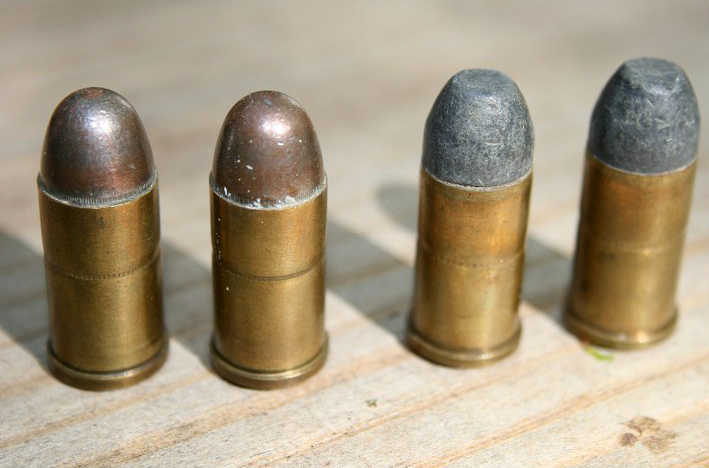
In the post-World War I world, these revolvers flooded the surplus market. A cartridge company called Peters Cartridge Company developed a round called the .45 Auto Rim. This cartridge featured a prominent rim that allowed it to be fired in M1917 revolvers without the need for moon clips. The Auto Rim copied .45 ACP load data and produced a simple solution to the fragile moon clip problem of the M1917.
.45 Peters
The people at Peters weren’t done with the .45 ACP. They later designed a cartridge designed for riot control based on the Thompson SMG and .45 ACP round. The idea was to shove a .45 ACP cartridge full of small No. 8 shot. You slap that into a Thompson, and it becomes a straight-pull bolt-action rifle. The technique was called skipping shot, and you shot at the ground and let the shot ricochet into the rioters.
Advertisement — Continue Reading Below
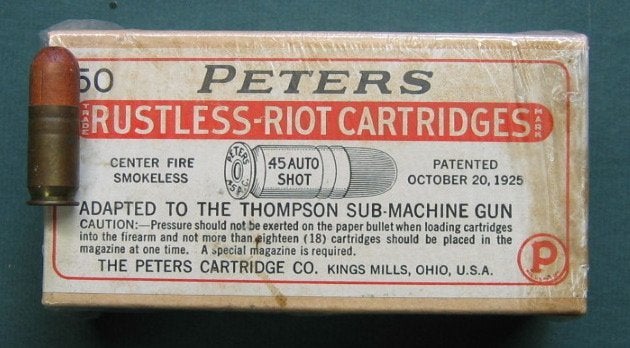
All a Thompson gunner needed to do was swap magazines. The .45 Peters needed a little extra room, so the mags were bigger and fit fine in the Thompson. The rounds were used extensively, but the U.S. Military issued them to aircrew as a survival tool.
.45 GAP
Remember when Glock produced a .45 caliber cartridge? Glock worked with CCI/Speer to develop the .45 GAP. GAP stands for Glock Automatic Pistol. The .45 GAP’s idea was to create a round that mimicked .45 Auto, but it used a shorter case. The use of a shorter case allowed the .45 GAP to be chambered in medium-frame Glocks.
Advertisement — Continue Reading Below
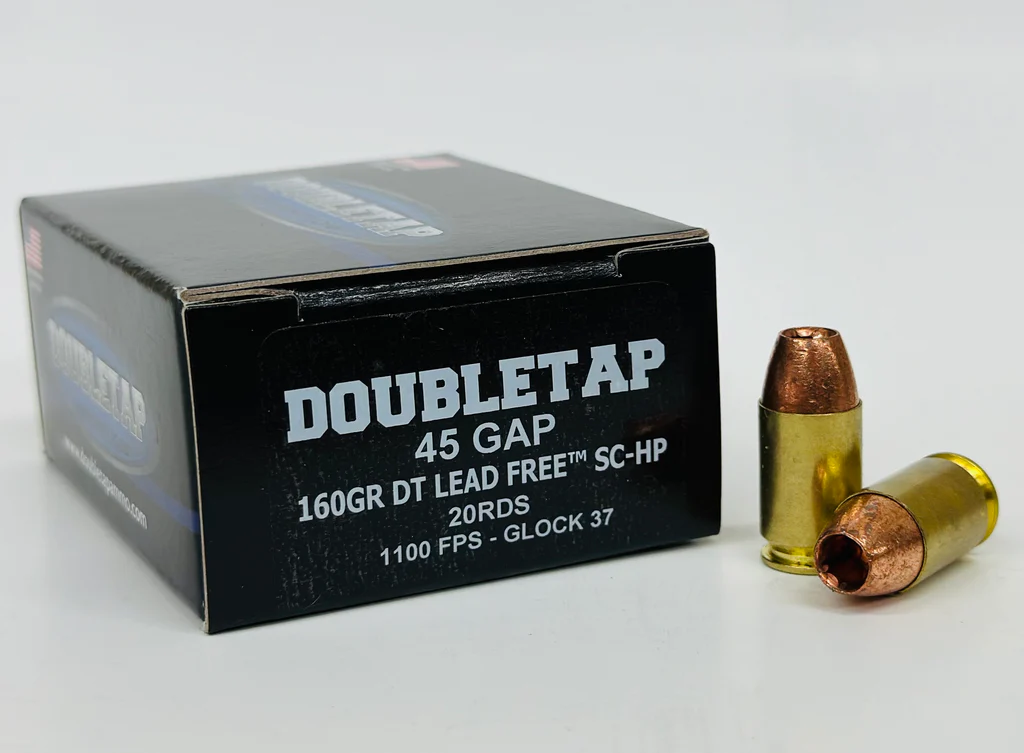
You didn’t have to deal with the bulky Glock 21 grip to shoot a .45 caliber bullet. That was the idea, and Glock made full-sized, compact, and subcompact pistols chambering the cartridge. It never caught on, and you can get those Glocks super cheap, but the ammo is pricey and harder and harder to find.
.45 Super
The .45 Super came from Dean Grennell, a famed firearms writer and expert. Dean wanted to amp up the .45 ACP, and to do so, he created a round that was essentially identical to the .45 ACP, but used a thicker internal case wall that resulted in a tougher case that would rupture with higher pressures.
Advertisement — Continue Reading Below
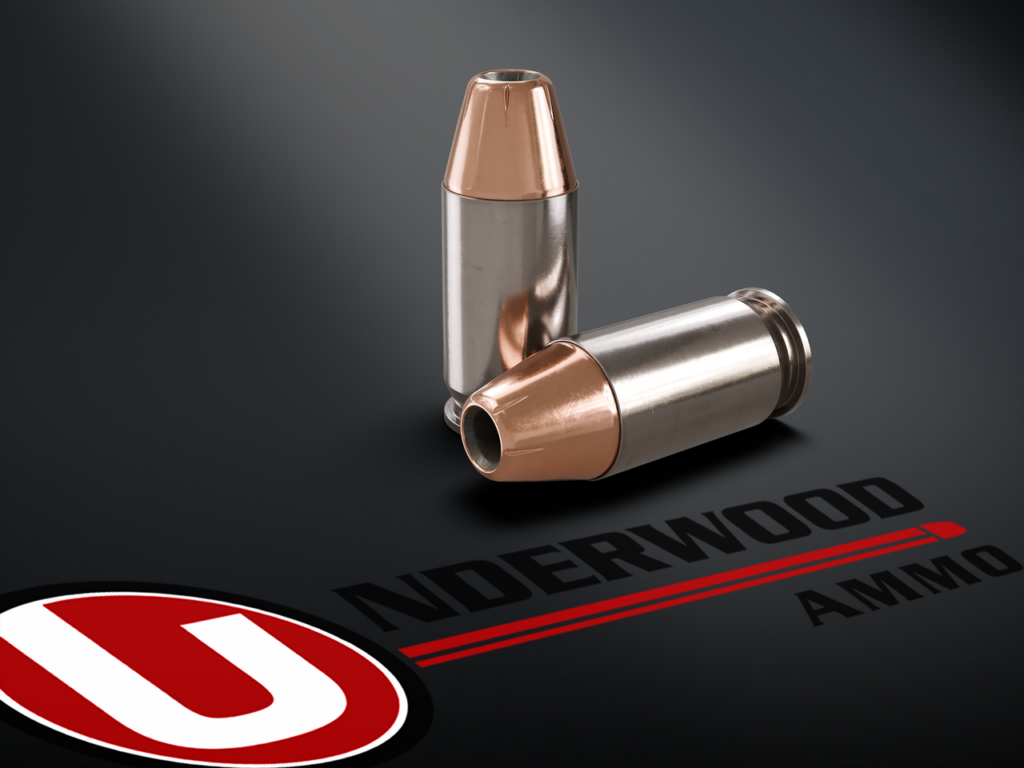
This added somewhere in the realm of 300 feet per second of velocity to the cartridge. A 230-grain projectile was moving at 1,100 feet per second. A 185-grain bullet could move at 1,300 feet per second, putting it in the 10mm realm of power. These rounds could damage .45 ACP guns, and that worked against the cartridge. It never reached any major degree of popularity.
.460 Rowland
Who doesn’t want to shove the power of a .44 Magnum into a semi-auto platform without having to deal with a .44 Magnum semi-auto handgun? Johnny Rowland certainly did when he developed the .460 Rowland cartridge. Rowland kept the majority of the .45 ACP case design, but the case was lengthened to .957 inches.
Advertisement — Continue Reading Below
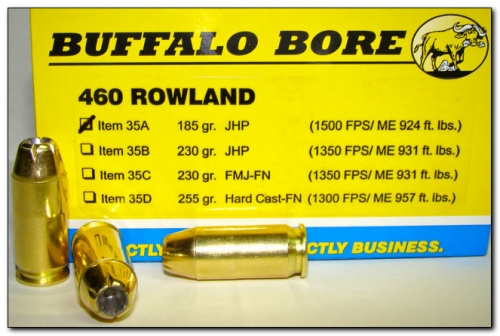
This way, the round couldn’t be loaded into a .45 Auto firearm. However, it is safe to shoot .45 ACP in a .460 Rowland. The amped up cartridge moved a 230-grain projectile at 1,300 feet per second. It’s not quite .44 Magnum, but it’s a powerhouse. It’s good for bear defense, and the fact that you could convert guns like the Glock 21 to safely fire the cartridge.
But Wait, There’s More
The .45 Auto would evolve into a wide variety of wildcats, like the .400 Corbon, the .38/.45 Clerke, and the .451 Detonics magnum. These were far from successful, not mass-produced, and not popular outside of a few niche users. The .45 ACP has lived quite a life and still hasn’t gone into retirement, even after spawning a few descendants.
Advertisement — Continue Reading Below




